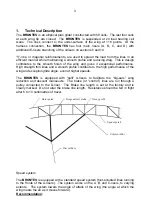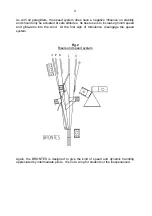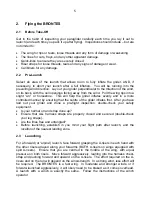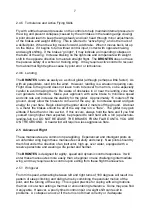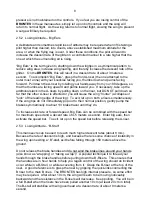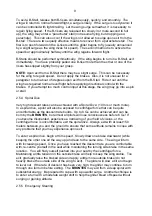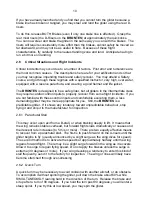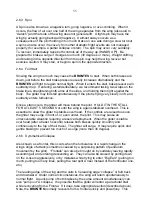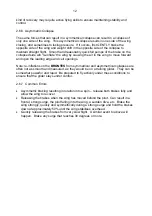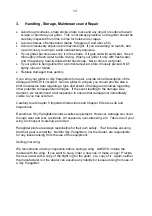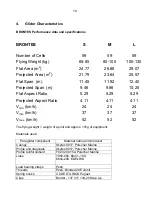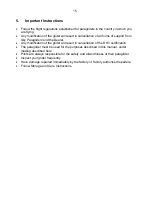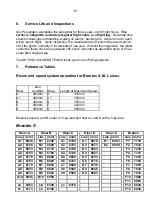
12
kind of recovery may require active flying skills to ensure maintaining stability and
control.
2.6.6 Asymmetric Collapse
The same forces that can result in a symmetrical collapse can result in a collapse of
only one side of the wing. This asymmetrical collapse results in one side of the wing
closing, and sometimes to losing pressure. If it occurs, first GENTLY brake the
opposite side of the wing and weight shift in the opposite side of the collapse to
maintain straight flight. Smooth and reasonably quick full pumps of the brake on the
collapsed side will “re-inflate” the wing by causing the air in the wing to move forward
and open the leading edge and cell openings.
Note: re-inflations on the
BRONTES
from symmetrical and asymmetrical collapses are
often not as smooth and measured, as they would be on a training glider. They can be
somewhat powerful and rapid. Be prepared to fly actively under these conditions to
ensure that the glider stays under control.
2.6.7 Common Errors
•
Asymmetric braking resulting in rotation into a spin – release both brakes fully and
allow the wing to recover.
•
Releasing the brakes when the wing has moved behind the pilot. Can result in a
frontal, strong surge, the pilot falling into the wing, a sudden dive, etc. Brake the
wing strongly, quickly and symmetrically during a strong surge and hold the brakes
down at approximately 50% until the wing stabilises overhead.
•
Quickly releasing the brakes from very slow flight. A similar event to above will
happen. Brake any surge that reaches 30 degrees or more.
Summary of Contents for BRONTES
Page 18: ...18 ...



